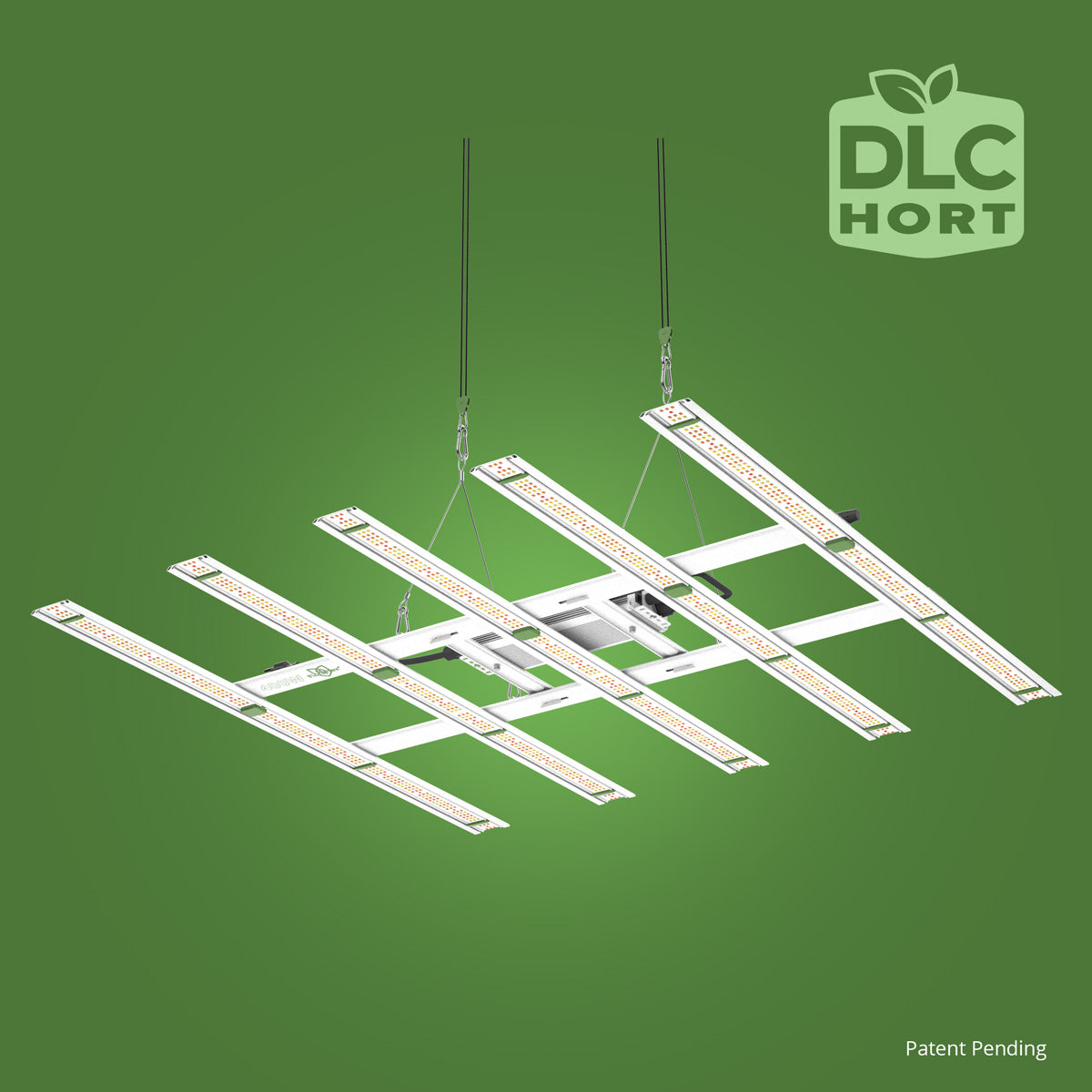Cannabis farming, a practice with ancient roots, has evolved significantly over the centuries. Our exploration today not only delves into the historical aspects of cannabis cultivation but also examines the traditional methods that have shaped its legacy. This journey provides context to the evolution of modern cannabis farming techniques, highlighting the harmony between nature and innovation.
Ancient Beginnings: Cannabis in Early Cultivation
Cannabis has been cultivated by various civilizations for thousands of years, with evidence suggesting its use in ancient China as early as 4000 BCE. The earliest farmers recognized the plant not just for its intoxicating effects but for its versatile applications ranging from medicine to textiles.
Cannabis in Ancient China
In ancient China, cannabis was revered as one of the "five grains" and was a staple in both diet and the pharmacopoeia. Chinese farmers utilized the entire plant, maximizing its potential across different applications. This ancient understanding of cannabis' utility laid the groundwork for centuries of agricultural and medicinal use.
The Spread to the Middle East and Africa
As trade routes extended, cannabis traveled to the Middle East and North Africa. Here, it adapted to different climates and cultural contexts. In these regions, traditional farming techniques emphasized the plant's hearty resilience and adaptability. Arab traders played a pivotal role in disseminating cannabis seeds and knowledge, further expanding its horizon.
Traditional Farming Techniques
Traditional cannabis farming was inherently sustainable, often aligned with the natural cycles of the environment. Below, we explore the methods used by early farmers to cultivate this versatile plant.
Indigenous Practices
In various Indigenous cultures across the Americas and Africa, cannabis was interplanted with other crops, a method known as companion planting. This technique not only optimized land use but also enhanced soil fertility and suppressed pests without the need for artificial inputs.
Soil and Water Management
Historical records showcase how early farmers paid meticulous attention to soil and water management. They employed techniques such as crop rotation and fallowing to maintain soil health. Through systems such as terracing and irrigation, water was conserved and utilized efficiently, ensuring bountiful harvests.
Modern Echoes of Traditional Wisdom
Today, as we strive for sustainable agricultural practices, there's much to learn from traditional cannabis farmers. Contemporary growers often integrate age-old techniques into modern methodologies, enhancing both yield and ecological impact.
Use of Natural Substrates
Echoing traditional practices, many modern growers are turning to natural substrates for cannabis cultivation. The 6" FloraFlex Wool (Basalt Derived) offers an excellent example. Basalt-derived substrates mimic the earth’s natural conditions, providing superior drainage while supporting healthy root systems akin to those historically achieved through careful soil management.
Innovative Irrigation Systems
Irrigation, a practice refined over millennia, has seen technological enhancements in recent decades. Modern systems draw inspiration from ancient irrigation methods while incorporating automated precision. This ensures optimal water use, which is critical in large scale cannabis farming.
Conclusion: Bridging Tradition and Innovation
In conclusion, traditional cannabis farming techniques offer a wealth of knowledge that remains relevant today. By embracing both historical insights and modern innovations, we can pursue a path of responsible and sustainable cannabis cultivation. Exploring the synergy between age-old wisdom and contemporary practices can lead to not only better yields but also a healthier planet.
For more information on modern cannabis cultivation techniques and products, visit FloraFlex.
By delving into the past, we gain a profound appreciation for the journey of cannabis cultivation—a journey that continues to unfold amidst the technological advancements of the present. Through this historical perspective, gardeners and enthusiasts alike can cultivate with a deeper respect for both tradition and innovation.









